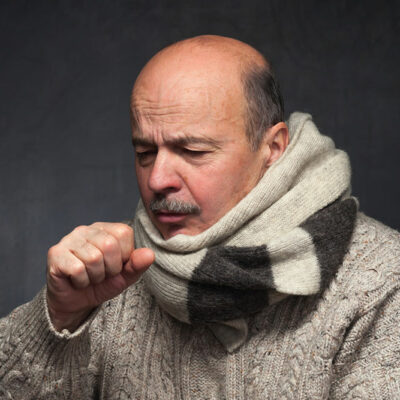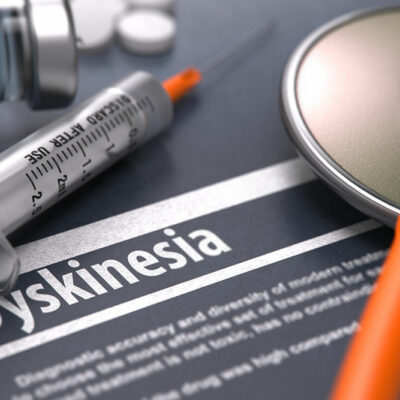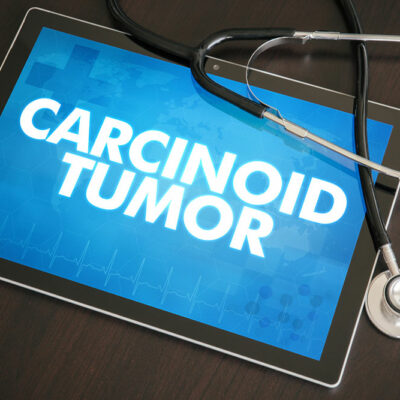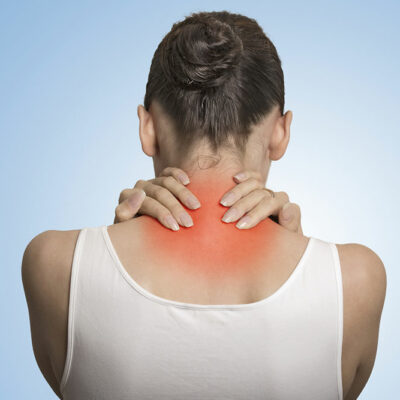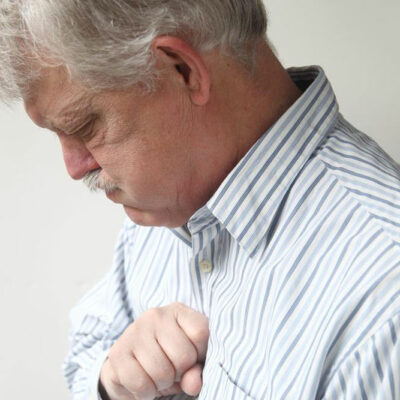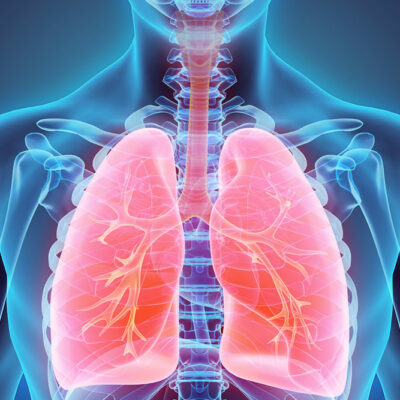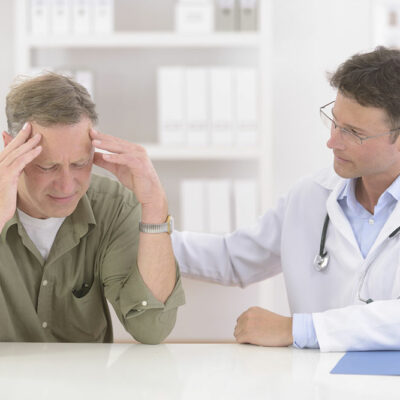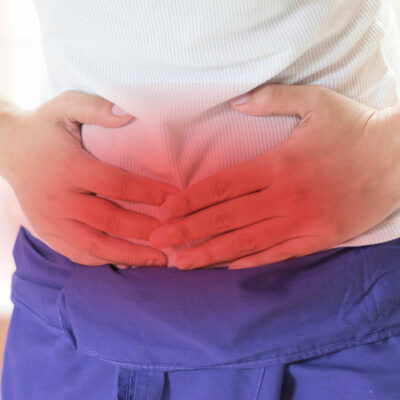
Health
Signs and symptoms of irritable bowel syndrome
Irritable Bowel Syndrome or IBS is a condition that causes stomach problems or discomfort and irregular bowel movement. Though it is neither fatal nor is it the cause of other chronic abdomen ailments, it can be disconcerting and affect the regular life of a person. The signs and symptoms of Irritable Bowel Syndrome IBS can be caused due to food habits, stress, lack of sleep, and alterations in gut microbes. Though the symptoms depend on the causes and might vary from person to person, some of the common symptoms are: Stomach cramps Good bacteria that resides in your gut, together with your brain, controls your digestion. Irritable Bowel Syndrome disturbs this harmony of coordination, leading to severe strain in the muscles of the digestive system, and causes cramps in the stomach. While the pain is majorly in the upper abdomen, it can also cause pain in the lower abdomen and the entire abdominal region. This pain mostly subsides post the bowel movement. Diarrhea One out of 3 patients suffering from IBS, suffers from diarrhea-predominant Irritable Bowel Syndrome. Their primary symptom is excessive bowel movement, and it is twice more than a healthy individual’s bowel movement. Many a time, it is due to stress and can range from the sudden urge to pass stool to watery and loose stool, containing mucus.
Read More 